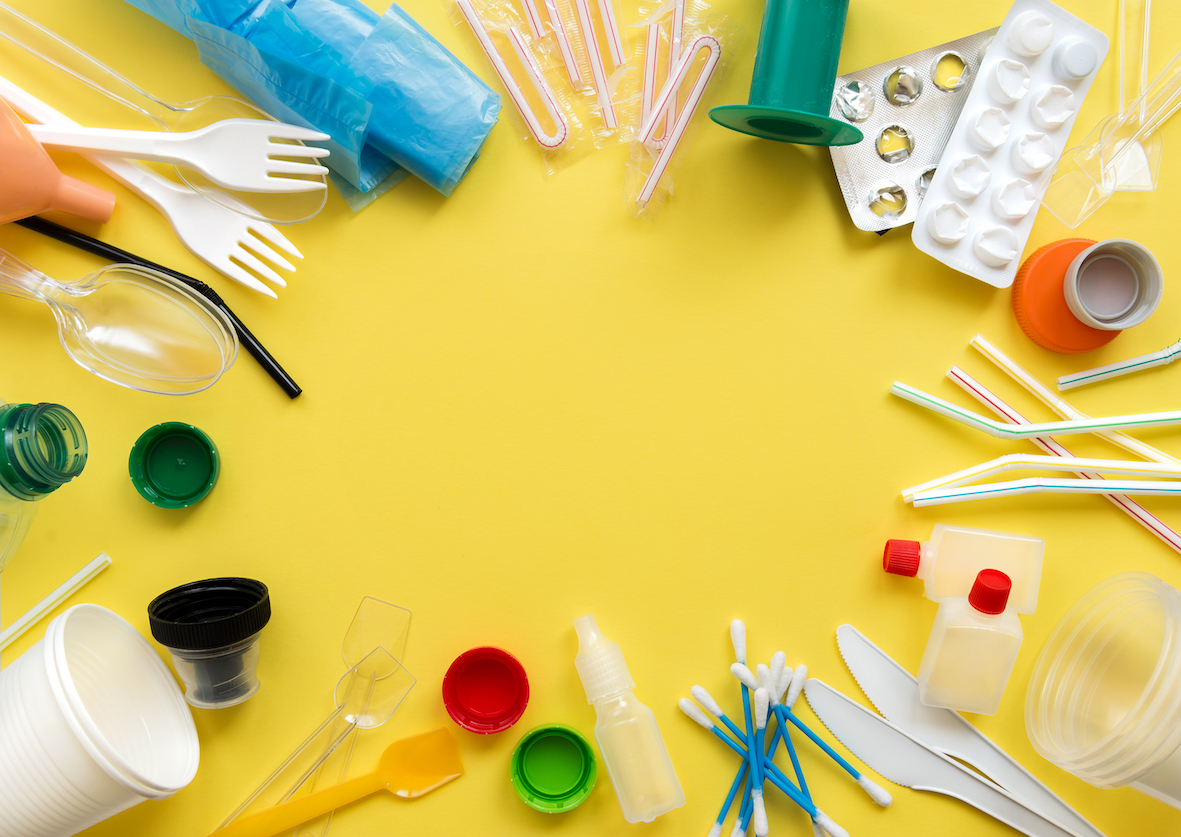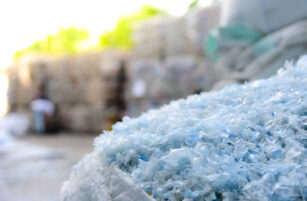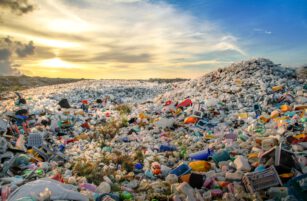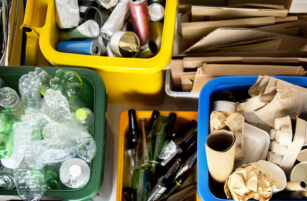- In this piece, I explore some of the widespread issues related to single-use plastics.
- This is my last plastics Opinion before I hand over fully to Gareth Lamb.
- In case you haven’t seen, Gareth’s already shared some Opinions and Mini-Explainers on the PET industry.
Issues with Single-Use Plastic (SUP)
In my previous Opinion, I demonstrated that the world is making insufficient, but at least some progress towards increasing global recycling and the incineration of plastics, thanks to a wide array of new technologies. Roughly 40% of all the plastics we use are single-use, and to reduce or eliminate them has so far been a tough nut to crack.

The amount of PET recycled sits between 15 and 30%, depending on the country. I suspect many consumers who are trying to be responsible and find the correct rubbish bin would be surprised by this figure.
PET in tightly packed bales is a tradeable commodity and economics sometimes doesn’t allow for a profitable transaction, or even sorting. PET will degrade in landfill after around 50 years, compared to 500 years or more the most inferior resin types. In addition, many plastics are ‘transformed into other products, such as plastic timber and fibreglass that will never be recycled again (downcycled). So, if we can’t solve the easier issues, what chance do we have of solving the more difficult ones, such as those related to SUP?
The media is awash with articles related to marine pollution, the toxicity of plastics and their lack of biodegradability but, at the same time, is extremely short on solutions.
Possible Solutions
There’s no single solution to this problem. The only way to tackle it is for all stakeholders – resin manufacturers, consumers, governments, environmental lobbyists – to produce workable solutions.
Resin Producers
Resin producers have an important role to play. A report published by the Minderoo Foundation in 2021 claims that 55% of the world’s SUP waste is attributable to just 20 countries. It’s the first time identified waste has been backlinked in a study. The response of most of the companies is to point at their support for Alliance to End Plastic Waste by minimizing plastic pellet loss from operations and supporting plastic waste management structures globally.

Manufacturers
Manufacturers probably need to look less at the efficiencies of lighter products and more at the quality of the resin grade they’re supplying if the used product is going to enter the circular economy. They could also work more with their retail partners to reduce the emphasis placed on convenience and increase that on recycling, especially for packaging that’s multi-layered and inseparable (pouches, fruit juice cartons and cereal boxes).
Retailers and Consumers
It’s not as if consumers aren’t aware of the plastic problem. Time after time, researchers have proven that it sits near the top of the list of concerns, with food safety being the most popular.
When the focus is narrowed down to environmental concerns, plastic is an easy winner (86% and similar in many countries).
The fact remains, though, that there’s a strong correlation between income per capita and plastic waste produced per capita. There are many complex reasons for this, but two stand out for me. The first is convenience and the second is the ‘thermos effect’. In poorer countries, food and beverages are taken to work in flasks, which can be reused countless times.
For the UK, some of the initiatives in existence or under trial often use the ‘Reduce, Reuse, Recycle’ tagline, although the Reuse part has taken a significant hit during COVID-19.
We’ve also seen:
- Package weights reduce by more than 50%
- Companies charge for disposable cups
- Multi-layer packaging simplified to a single-polymer configuration
- Entirely plastic trays replaced with cardboard
- Self-service dispensers for dried goods introduced (pasta and cereals)
Government and Environmental Groups
Whether by coercion or incentives, governments have an important role to play. We previously explained how the EU is tackling the problem through a targeted reduction on SUP (such as straws and beverage stirrers) and has an ambitious 90% bottle recycling target by 2029.
For SUP bags, different methods have been tried. From as early as 1994 in Denmark, SUP bags have been taxed and incurred compulsory charges in some countries. Bans on thinner plastic bags have also been introduced elsewhere and been replaced by compostable alternatives (Austria, France, Italy). Outright bans were introduced in Kenya in 2017, with a £27,000 fine or four years in jail for selling them. According to the UN (2020), 69 countries have complete or partial bans, and the majority are in poorer countries.

Environmental Groups also have a key role in lobbying and education.
Sorters, Recyclers & Incinerators
I discussed this in detail in my previous Opinion, but there are numerous technical innovations available for increasing sorting speed and quality.
Czarnikow can structure tailored risk management solutions on both recycled and virgin packaging. If you’d like to explore how Czarnikow can help you manage your price risk management, please talk to Maximilian Kirby (MKirby@czarnikow.com).

Other Opinions You Might Be Interested In…
Explainers You Might Be Interested In…














